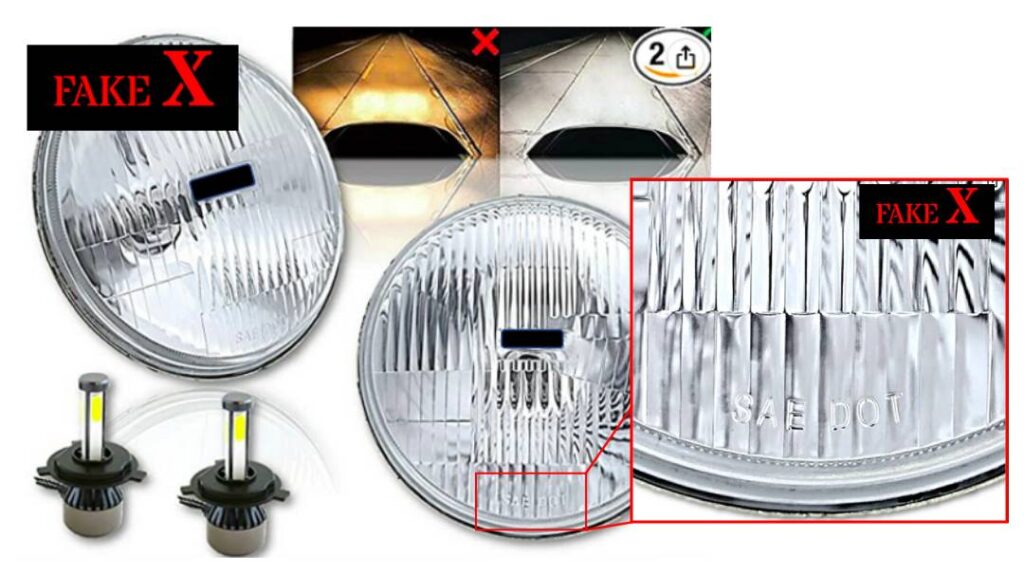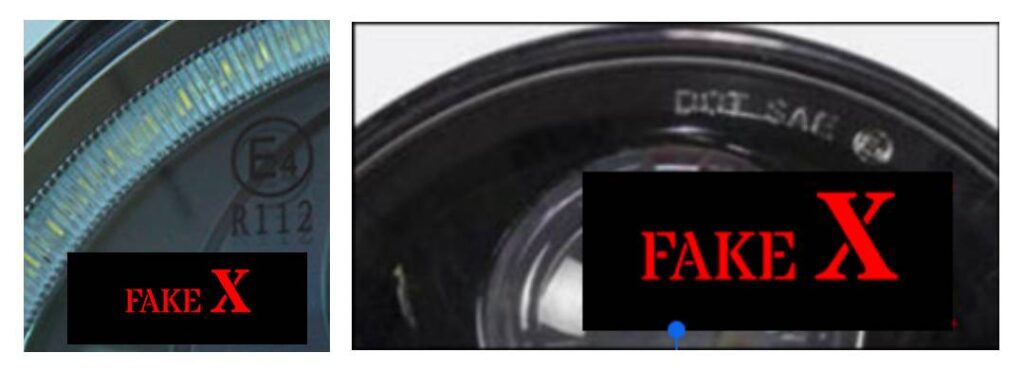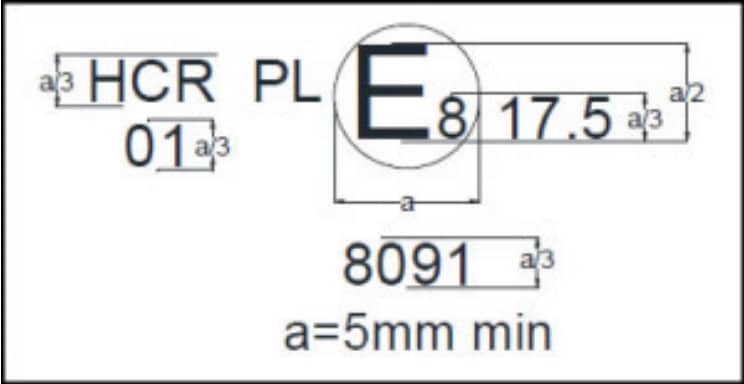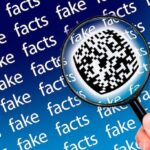In the contemporary digital ecommerce marketplace, a myriad of questionable brands have burgeoned in the shadows, leading to a proliferation of counterfeit and potentially hazardous products, these products have infiltrated most niches, including the automotive industry. For many automotive components, the alarmingly low prices, often emanating from manufacturers with negligible oversight, have made them a tempting option for many looking to upgrade or maintain their vehicles under a minimal budget. Among such components, automotive lighting products with phony DOT, SAE, and E markings are particularly rampant.
By capitalizing on the perplexity surrounding regulations set by governmental agencies, unscrupulous sellers have duped countless buyers into purchasing unsafe, illegal lighting products. This article aims to arm you with the necessary insights to navigate this murky territory and make informed, safe purchases.
Recognizing the Deception
Online sellers often resort to simply applying DOT, SAE, and/or E marks on their products, in an attempt to hoodwink buyers into believing that the products have undergone rigorous Original Equipment (OE) stress, corrosion, sealing, thermal, and photometric testing. However, the mere presence of these markings does not guarantee the legality or safety of the products. These sellers will also usually steer clear of specifically stating if their product is DOT legal, they accomplish this by using ambiguous terms such as DOT complaint or approved instead of just clearly saying their product is DOT legal. Also, when pressed for that level of detail they will likely state that the light is for off-road use only, has a superior non-DOT beam pattern that’s only legal in other countries but exceeds US standards (FIG 1), or may have a hidden footnote on their site stating something to the above extent.

In addition, the trend of incorporating LED bulbs into headlight assemblies originally approved for halogen or HID use, and marketing them as legal light assemblies is a practice strictly forbidden by the NHTSA in the United States. The use of such products for on-road vehicles could lead to state inspection failures, penalties, or even liability in case of accidents.
Decoding DOT
The Department Of Transportation (DOT), a governmental agency, is responsible for regulating all transportation activities in the USA. The DOT sets Federal Motor Vehicle Safety Standards (FMVSS) for a myriad of vehicle systems, which includes 13 vehicle equipment categories, including lighting products. The DOT approval process for lights mandates adherence to stringent specifications and rigorous testing to ensure safety, adequate illumination for the driver, and minimal glare for oncoming drivers.
Understanding ECE
The United Nations Economic Commission for Europe (ECE) plays a similar role to DOT, but in European countries. The ECE ensures that automotive and vehicle part manufacturers comply with regulations to be considered street legal. Lights sold for vehicles in Europe will bear an E mark, which provides crucial information about the light’s legality and usage.
What is SAE?
The Society of Automotive Engineers (SAE) is an international organization that provides technical standards and best practices for the design, manufacture, and operation of vehicle components. However, while SAE approval for a LED light is significant, it does not necessarily mean the light is legal for use on public roads, as it also needs to meet DOT standards.
Deciphering DOT, ECE, and SAE
The DOT and ECE are federal/government agencies that set and enforce standards for vehicle components, while SAE is an organization dedicated to setting standards for various industries, including transportation. The legality of a light for use on public roads is determined by the DOT and ECE, not the SAE.
DOT Compliance vs DOT Approval
Lighting manufacturers often use the terms ‘DOT Compliant’ and ‘DOT Approved’ in their marketing materials. However, since the DOT does not actually approve lights, these terms can be misleading. The DOT simply sets guidelines for manufacturers to follow in order to self-certify their products. The DOT then enforces this through the National Highway Traffic Safety Administration’s (NHTSA) Office of Defects (ODI) division when non-compliant products enter the market.
Spotting Fake DOT, ECE, or SAE Approved LED Lights
The marking requirements for vehicle lighting are clearly described in the FMVSS/CMVSS 108 regulations. In order to be legal in the US and Canada, the light must be certified by the manufacturer to ensure it meets DOT regulations, and must contain certain markings such as the letters DOT, rated voltage, and other information.
When purchasing aftermarket headlights, it is crucial to ensure that the product meets all FMVSS 108 standards, and is not just labeled with DOT or SAE on the lens. It is also important to ensure that the light is not a common halogen H4 housing with a LED bulb, as this is an immediate telltale sign of an illegal product regardless of the seller’s claims. In addition, while converting fog lights and other lights to LEDs is currently allowed, potential buyers should still consult local laws to ensure compliance as variations exist from state to state, and purchase only from reputable manufacturers



Legal Products


Conclusion
Given the widespread availability of counterfeit lighting products, it is crucial to conduct thorough research and make educated decisions before purchasing. You can check for recalls related to lighting manufacturers here, and look for the manufacturer’s 566 registration with NHTSA as well to confirm their legitimacy. Remember, your safety is paramount, and it should not be compromised for the sake of a few bucks.



